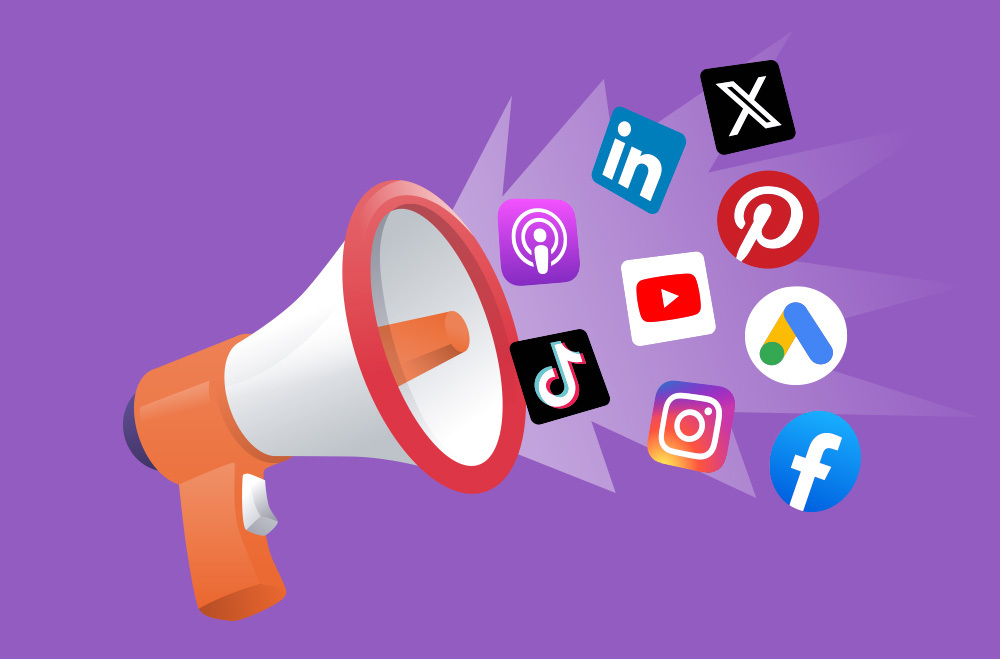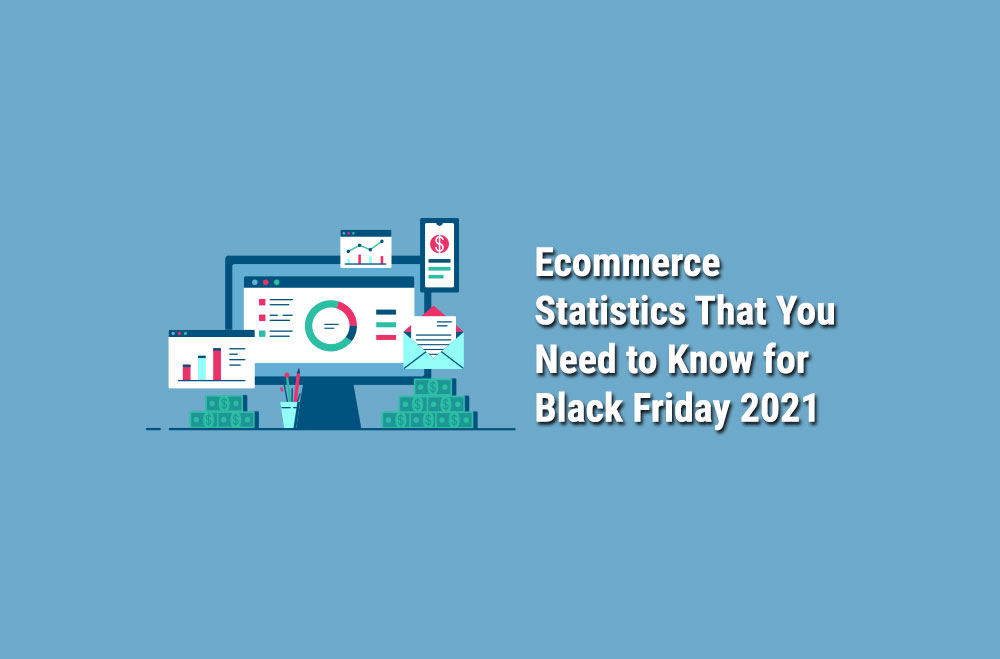


This year, there has been a rather alarming trend happening in the world of branding – brand CPCs have been rising steadily, despite the strong quality score that a brand has for their terms. It’s always understandable if generic CPCs rise, as these are common across more than one industry. Brand CPCs, however, are generally something steady, as there is a low level of competition for the terms – though this does depend on the brand.
No one wants their brand CPCs to rise, so it is important that we understand why this has changed. Recent AdWords algorithms changes combined with the paid search space having much higher competition gave the search CPCs a 21% increase in 2017 compared to 2016. It’s important to look closely at the trends across the board alongside the changes that are specifically related to Google to be able to pick apart what it is exactly that is causing the rise in brand CPCs.
Television advertising has always been the place where the most money was spent on advertising. Back in 2017, however, the US spend on digital advertising rose roughly 16%, meaning that the projection for reaching $83m would – for the very first time – surpass what was spent on TV advertising. Almost half of that money would have been spent on Google and Facebook, as there is a fierce competition to dominate when it comes to online advertising. This then means that there is higher CPCs year over year, and the acquisition costs are higher, including brand terms.
Every year, CPCs are rising across all platforms and all devices. Generic CPCs showed a downward trend of 4% in Q3 compared to Q2, and yet the increase for Google year on year was 27%. There are reports from 2017 showing that CPCs increased – by network and device - as follows:
Year on year impression and click declines were 23% and 9%, and the drop in clicks has been a direct result of higher CPCs. The higher the cost, the less traffic is driven.
Back in 2016, Google changed the game by removing right rail ads from paid search results. When there is less ad inventory available, there is more competition. The May 2017 update that Google performed reprioritized keyword bids over things like the quality score. The mobile search competition attribute to the rising CPC costs, but the main blame is due to that earlier mentioned May 2017 update. How else was Google to blame?
Other than brand CPCs, there are still other ways that you can target customers. Here are some of the popular options:
One of the biggest challenges out there for those in advertising is how they can get people to their website in the first place? You can only build better and bigger remarketing lists if you get those clicks at all, so driving traffic needs to be a priority. Here’s how you can get those lists built to help solidify your ROI:
Once you know how the CPC trends are impacting your marketing strategy, you can continue to build your brand and reach your customers. Adaptation is key in this part of your business, as things can change in a second.
At Bright Vessel, we can provide more information about this or any other related-topic that you are interested in. Please contact us, we are always willing to help you and assess you to fulfill your needs and make your brand shine.
You must be logged in to post a comment.





